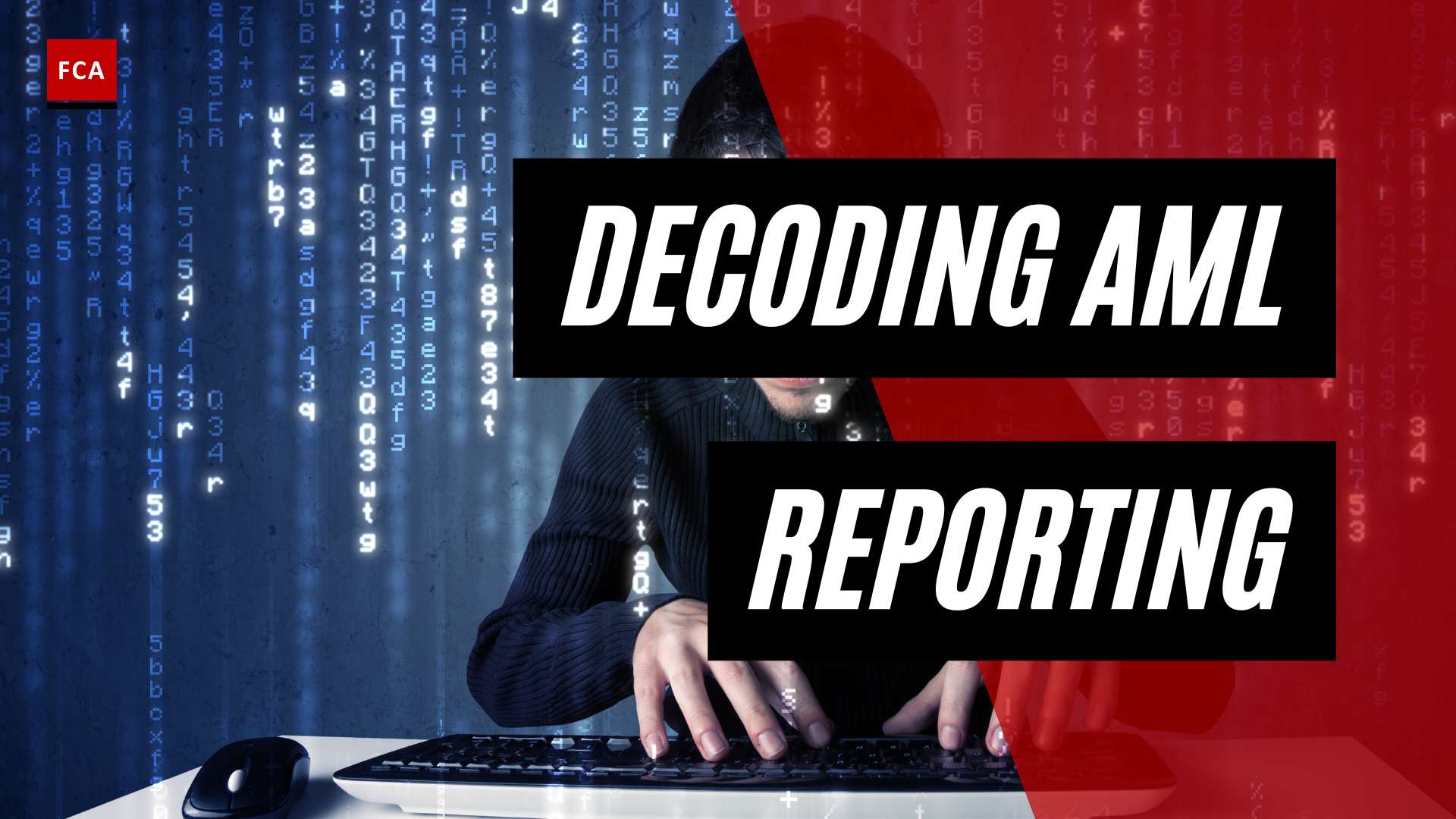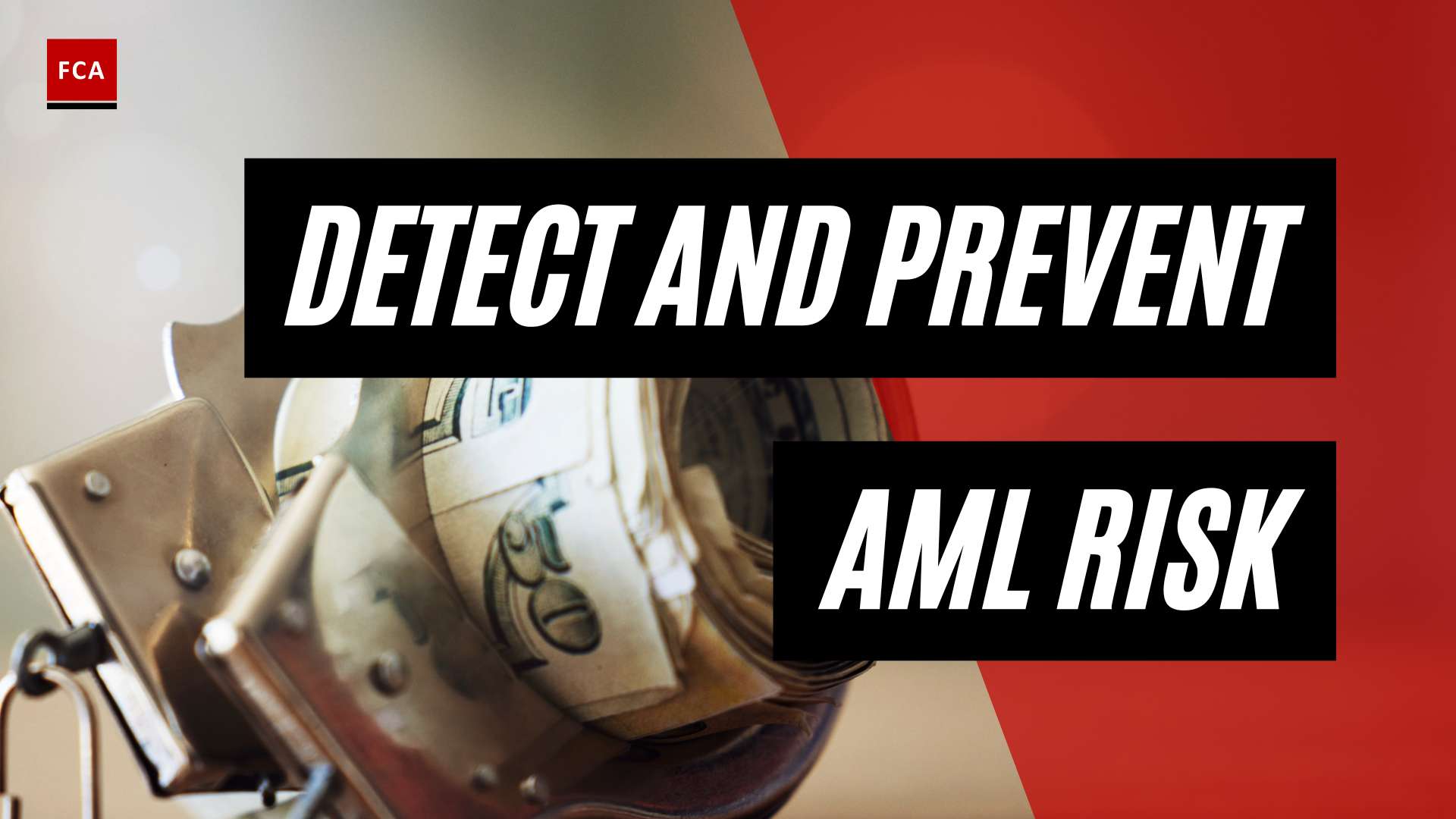In today’s global economy, the threat of money laundering and terrorist financing is an ever-present challenge that businesses must proactively address. A comprehensive Anti-Money Laundering (AML) risk assessment is not just a regulatory requirement; it’s a crucial component for protecting your business and its reputation. Are you ready to uncover the secrets of an effective AML risk assessment strategy and navigate the complex world of compliance with confidence?
Key Takeaways
AML risk assessment is an important process for financial institutions to identify potential money laundering risks and meet regulatory requirements.
Regulatory bodies are essential for setting standards to reduce the risk of financial crime, while key risk indicators provide insight into the likelihood of money laundering activities.
A comprehensive AML strategy should assess customer, geographic, product/service risks and implement suitable controls in order to mitigate associated threats.
Understanding AML Risk Assessment

AML risk assessment is a complex yet indispensable process. At its core, it’s a process designed to assess the potential involvement of customers in money laundering or terrorist financing activities. Financial institutions must adhere to AML and Counter-Terrorist Financing (CTF) laws, including those established by the Financial Action Task Force (FATF), when conducting these risk assessments. By understanding the ins and outs of AML risk assessments, businesses can identify and combat financial crime, safeguarding their operations from unintentionally facilitating or participating in illegal activities.
This process involves several crucial steps. Initially, it requires the identification of potential risk areas within the organization. This could be certain types of transactions, specific customers, or even geographic locations. Once these potential risks are identified, the next step is to assess the severity of these risks. This is typically done by considering the likelihood of the risk occurring and the potential impact it would have on the business.
After assessing the risks, the next step is to implement controls to mitigate these risks. This could involve enhancing existing procedures or introducing new ones. For example, a financial institution might introduce more stringent customer due diligence procedures or implement more robust transaction monitoring systems.
Finally, it’s important to regularly review and update the risk assessment. This is because the nature of money laundering risks can change over time. For example, new types of financial crime may emerge, or criminals may find new ways to exploit existing systems. Therefore, by regularly reviewing and updating their risk assessments, businesses can ensure they remain effective in combating money laundering and terrorist financing.
A well-rounded AML risk assessment requires a deep dive into various risk factors, such as customer profiles, geographic locations, and the types of products and services offered by a business. A thorough examination of these factors not only meets regulatory requirements but also underpins a robust compliance program, protecting business reputation in the long run.
The role of regulatory bodies
Regulatory bodies, such as the FATF and national authorities, play a crucial role in setting the bar for AML risk assessments. They establish standards and guidelines to ensure that businesses comply with legal requirements and stay up-to-date with the ever-evolving landscape of financial crime.
These regulatory bodies are tasked with the challenging job of staying one step ahead of criminals who are constantly developing new methods of illegal money laundering. They conduct extensive research and analysis to understand these emerging threats and subsequently develop comprehensive guidelines to combat them. Their role extends beyond just setting the standards; they also monitor businesses for compliance, conduct investigations, and enforce penalties for non-compliance. Indeed, they are the watchdogs of the financial world, ensuring businesses maintain integrity and uphold the law, thus contributing significantly to the global fight against financial crime.
Adherence to the guidance of these regulatory bodies helps businesses avoid potential fines, penalties, and reputational damage stemming from non-compliance.
Different types of AML risk assessments
Businesses should be aware of the various types of AML risk assessments available, such as company-wide, customer, and product/service assessments. Each of these assessments addresses distinct money laundering risks and plays a vital role in building a comprehensive risk assessment strategy.
For example, company-wide comprehensive risk assessments may be reviewed every 12 to 18 months or when significant business changes occur, allowing businesses to adapt their internal procedures accordingly. Understanding and applying various types of risk assessments enable businesses to identify vulnerabilities more effectively and implement suitable controls to mitigate financial crime risks.
Key Risk Indicators in AML Risk Assessments

A successful AML risk assessment is built upon a foundation of key risk indicators. These indicators include customer profiles, geographic locations, and the types of products and services offered by a business. By evaluating these factors, businesses can better understand the likelihood of money laundering and other illicit activities, enabling them to make informed decisions about risk management and compliance strategies.
Customer risk factors
Customer risk factors are at the heart of any AML risk assessment. By examining aspects such as customer profiles, transaction patterns, and Politically Exposed Person (PEP) status, businesses can assess the potential for money laundering based on specific customer behavior.
Knowing your business’s target customers is key to assessing the likelihood of money laundering and setting up suitable risk mitigation measures.
Geographic risk factors

Geographic risk factors play a significant role in AML risk assessments. Factors such as the location of customers, suppliers, and the business itself can influence a company’s geographic risk profile. This information is critical for businesses to understand the potential money laundering risks associated with specific regions and jurisdictions, allowing them to make informed decisions about their operations and risk management strategies.
Product and service risk factors
The types of products and services offered by a business can also contribute to the overall AML risk profile. Certain products or services may be more susceptible to being exploited by criminals seeking to launder illicit funds. For instance, products that involve large cash transactions, international transfers, or anonymous transactions are typically considered high-risk. Services like private banking, correspondent banking, and wire transfers can also be more susceptible to money laundering activities.
Furthermore, new and innovative products or services, such as cryptocurrency transactions, can introduce new risks. These types of services often lack a clear regulatory framework, making them attractive to criminals. Therefore, businesses offering such products or services should be especially vigilant and ensure they have robust AML controls in place.
It’s also important to note that the risk associated with each product or service can vary depending on other factors, such as the customer’s risk profile and the geographic location. For this reason, a comprehensive AML risk assessment should consider the product and service risk in conjunction with these other factors.
Assessing money laundering potential through specific products or services allows businesses to take targeted steps to minimize associated money laundering risk and uphold a robust compliance program.
Developing an AML Risk Assessment Framework

A structured AML risk assessment framework, following a risk-based approach, is essential for businesses to effectively identify and mitigate money laundering risks. This framework involves three key steps: identifying inherent risks, implementing risk mitigation measures, and monitoring residual risks.
Developing and upholding a robust AML risk assessment framework allows businesses to ensure ongoing enhancement and adherence to regulatory requirements.
Identifying inherent risks
Inherent risk refers to the initial money laundering risks present in a business before any controls or mitigation measures are implemented. These risks can stem from various sources, such as customer profiles, geographic locations, and the types of products and services offered by the business.
Identifying inherent risks is a crucial first step in the AML risk assessment process, as it allows businesses to prioritize their efforts and focus on the areas with the highest potential for money laundering.
Implementing risk mitigation measures
Once inherent risks have been identified, businesses must implement risk mitigation measures to address these concerns. These measures can include policies, procedures, and controls designed to reduce the likelihood of money laundering and other illicit activities.
Implementing effective risk mitigation measures lets businesses minimize their exposure to money laundering risks and uphold a robust compliance program.
Monitoring and reviewing residual risks
Monitoring and reviewing residual risks are essential for maintaining a robust AML risk assessment program. Residual risks are those that remain after risk mitigation measures have been implemented. Continuous assessment of these measures’ effectiveness and making necessary adjustments ensures that the compliance program stays current and responsive to the changing landscape of financial crime.
Conducting Customer Due Diligence and Transaction Monitoring

Customer due diligence (CDD) and transaction monitoring are essential components of AML risk assessments, involving Know Your Customer (KYC) and Customer Due Diligence (CDD) processes, as well as monitoring techniques to identify suspicious activities. These processes allow businesses to verify customer identities, evaluate their risk profiles, and monitor transactions for potential money laundering or terrorist financing activities.
KYC and CDD processes
KYC and CDD processes form the foundation of any AML risk assessment. These processes involve verifying customer identities, understanding the nature of their business, and assessing their risk profiles.
Conducting thorough KYC and CDD processes enables businesses to better comprehend their customers and more effectively identify potential money laundering risks.
Transaction monitoring techniques
Transaction monitoring techniques play a critical role in AML risk assessments. By analyzing customer transactions, identifying unusual activities, and reporting suspicious transactions to relevant authorities, businesses can detect potential money laundering and terrorist financing activities more effectively. These techniques enable businesses to maintain compliance with regulatory requirements and protect their reputation in the long run.
Leveraging Technology for AML Risk Assessments

Technology plays a significant role in enhancing AML risk assessments. With the help of AML compliance software and AI-driven solutions, businesses can:
Automate and streamline their compliance processes
Reduce the likelihood of human error
Improve the overall effectiveness of their AML risk assessment strategy.
AML compliance software
AML compliance software assists businesses in conducting risk assessments, customer due diligence, and transaction monitoring more efficiently and accurately. Utilizing these software solutions allows businesses to save time and resources while ensuring compliance with the ever-evolving AML regulations and guidelines.
AI and machine learning in AML risk assessments
AI and machine learning technologies enable businesses to analyze large volumes of data, identify patterns, and detect potential money laundering risks more effectively. Incorporating AI and machine learning solutions into AML risk assessments enables businesses to stay ahead of emerging threats and uphold a robust compliance program amidst increasing regulatory complexity.
Training and Creating a Culture of Compliance

Training staff and promoting a culture of compliance are essential for maintaining a robust AML risk assessment program and ensuring adherence to regulatory requirements. Providing sufficient training on AML regulations, risk assessment processes, and the significance of compliance fosters an environment where employees comprehend and are dedicated to maintaining a robust compliance program.
Staff training requirements
Staff training should cover AML regulations, risk assessment processes, and the importance of compliance in protecting the business and its reputation. Equipping employees with the necessary knowledge and skills to identify potential money laundering risks and adhere to regulatory requirements reduces the likelihood of non-compliance and its associated consequences.
Promoting a culture of compliance
A culture of compliance involves fostering an environment where employees understand the importance of AML risk assessments and are committed to maintaining a strong compliance program. This can be achieved through effective communication, leadership commitment, and ongoing training and education.
Promoting a culture of compliance ensures the effectiveness and responsiveness of the AML risk assessment program to the evolving landscape of financial crime.
Summary and Conclusion
In conclusion, a comprehensive AML risk assessment strategy is crucial for businesses to identify and mitigate money laundering risks, comply with regulatory requirements, and protect their reputation. By understanding the key risk indicators, developing a robust AML risk assessment framework, and leveraging technology and training, businesses can stay ahead of emerging threats and maintain a strong compliance program in the face of increasing regulatory complexity.
Frequently Asked Questions
This section provides answers to some frequently asked questions about AML risk assessments. These FAQs are designed to shed light on various aspects of AML risk assessments and help you better understand this critical process.
How do you perform an AML risk assessment?
Answer: To perform an AML risk assessment, you need to examine customer risk factors, geographic risk factors, product and service risk factors, and implement risk mitigation measures. Evaluating these factors helps identify potential money laundering risks and establish suitable strategies to address them.
What should be included in an AML risk assessment?
An AML risk assessment should include:
Evaluation of customer risk factors
Evaluation of geographic risk factors
Evaluation of product and service risk factors
Implementation of suitable risk mitigation measures
A thorough examination of these factors helps identify vulnerabilities and implement suitable controls to mitigate financial crime risks.
What are the four common categories of AML risk assessment?
Answer: The four common categories of AML risk assessment include:
Business Line
Customers
Products and Services
Location
These categories help businesses assess money laundering risks associated with their specific operations.
What is the purpose of risk assessment in AML?
Risk assessment in Anti-Money Laundering (AML) is an important process. Its purpose is to:
Identify, assess and control the potential risks related to money laundering and terrorist financing.
Conduct a comprehensive risk assessment to better understand and manage potential money laundering risks.
Maintain compliance with regulatory requirements.








